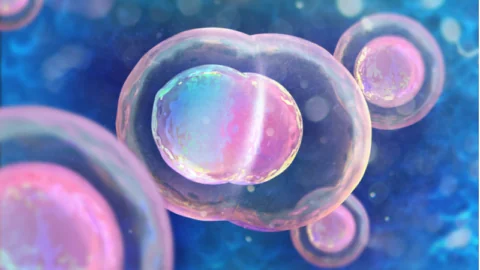August 31, 2023
A paper published in GeroScience has described a gene responsible for a key biomarker of cellular senescence. A widely used biomarker Why we Age: Cellular SenescenceAs your body ages, more of your cells become senescent. Senescent cells do not divide or support the tissues of which they are part; instead, they emit potentially harmful chemical...
August 28, 2023
Researchers publishing in Journal of the American Veterinary Medical Association have conducted a feline clinical trial finding that rapamycin is effective against heart enlargement in cats. A well-known drug for a well-known problem Rapamycin: Benefits, Side Effects, and ResearchRapamycin is a macrolide, a class of antibiotic and it exhibits potent antitumor and immunosuppressive activity. It...
May 24, 2023
In a recent paper published in International Journal of Medical Sciences, researchers have described how they used artificial intelligence and machine learning tools to find mTOR-inhibiting molecules [1]. mTOR is a common target for lifespan extension interventions The mechanistic target of rapamycin (mTOR) is a well-known molecule in the rejuvenation world. Previous studies have demonstrated...
May 08, 2023
A paper published in Aging has detailed how gene therapy has been used to treat sarcopenia in wild-type mice, and the results are positive. A lack of effective treatments As expected with papers of this kind, the researchers begin by discussing frailty and sarcopenia, the age-related loss of muscle tissue that is associated with decreased...
October 24, 2022
A research paper published in the Journal of Applied Physiology has found that regular, intermittent exercise encourages amino acids to form proteins in muscle. Anabolic resistance Previous research has found that a lack of activity accelerates the age-related muscle loss known as sarcopenia [1]. This has been found to be strongly influenced by anabolic resistance,...
September 15, 2022
Researchers publishing in Cell Stem Cell have found that the mitochondrial protein OPA1 is an integral, regulatory part of muscle stem cell activation, the process by which muscle stem cells proliferate and become active muscle tissue (myogenesis) [1]. Another piece of the puzzle We have recently reported on the effects of mitochondrial fusion and fission...






